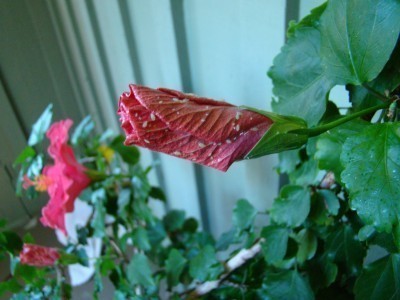






If you neglect them and do not inspect them, pests and diseases can completely wipe out your houseplants. Pests and diseases can affect not only the flower and leaves, but the stems and roots as well. It’s much easier to prevent these things than trying to eliminate them after they happen. Read on for more info.
Buy only clean and healthy plants. This reduces the risk of pests and diseases infecting not only your new plants but your existing ones. If you’re not sure a particular plant is healthy, you can isolate it for a few weeks, taking care of it and waiting to see if its health seems to improve. This is better than introducing it to a room where there are other plants and chancing that they all become infected.
When you water your plants, make it a habit to pinch off dead flowers and thoroughly inspect the plants to see that they are clean and healthy. If you notice any problems, treat them immediately before the problem infects the whole house. Make sure you only use clean potting compost and never take any cuttings off plants that are questionable in health.
Keep in mind that most houseplants underachieve because they aren’t regularly fed. Most people have no trouble remembering to water a plant, but when it comes to the nutrients they need, no one thinks about it. If you give your plants a balanced diet, they will have a better chance of surviving an infestation or disease. But there’s a happy medium. Do not over feed your plants because this can make the compost toxic, which will retard the growth and even kill your plants. You should also never feed summer-flowering plants after late summer. If you do, it encourages the lush growth that is susceptible to diseases and bugs, just when the plant is shutting down to hibernate for winter.
Here are some cultural problems to watch out for:
As far as pests go, there are many. The most common include:
The most common diseases that your houseplants might suffer from are:
You don’t need to know everything about these problems to have healthy plants. Just watch for them.
If you need to treat your plants, there are several ways to apply chemicals to them. You can spray them with a concentrated insecticide diluted in clean water. This is the most popular method. Some liquid chemical sprays can be purchased already prepared. You can also water the compost with a systemic insecticide that enters the plant via the root system. They also sell sticks that you can place into the compost for this purpose.
Dusting plants is also an effective way to get rid of diseases and pests, but the dust leaves an unattractive residue. This is a quick and effective way to get rid of pests, however. Make sure to distribute the powder evenly and do it outside so you don’t get the product in the air or on furniture. This will prevent inhaling things you shouldn’t!
Remember, don’t just water your plants. Check them over thoroughly for anything out of the ordinary. Pay attention! If you “nip” most of these things in the “bud” so to speak, you can save your plants!
Copyright © www.100flowers.win Botanic Garden All Rights Reserved